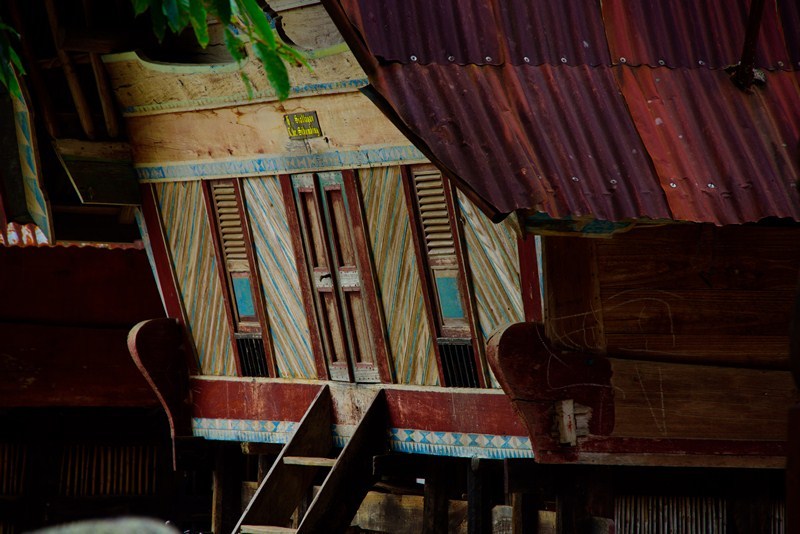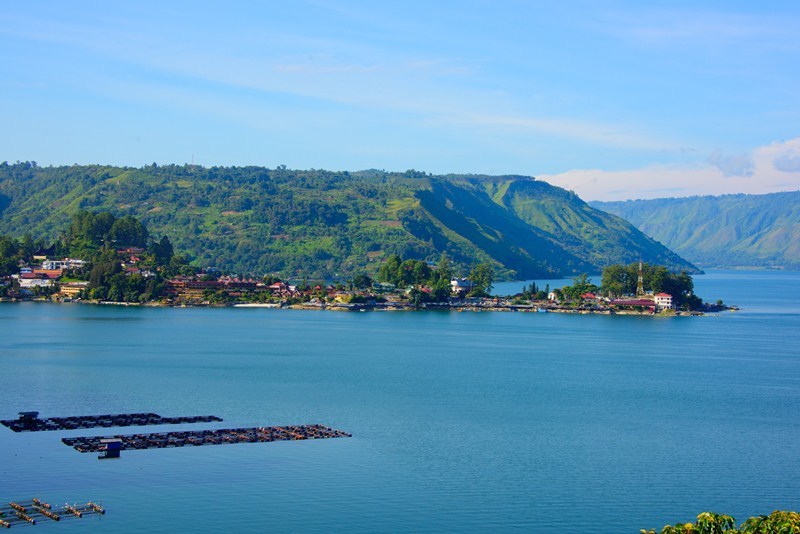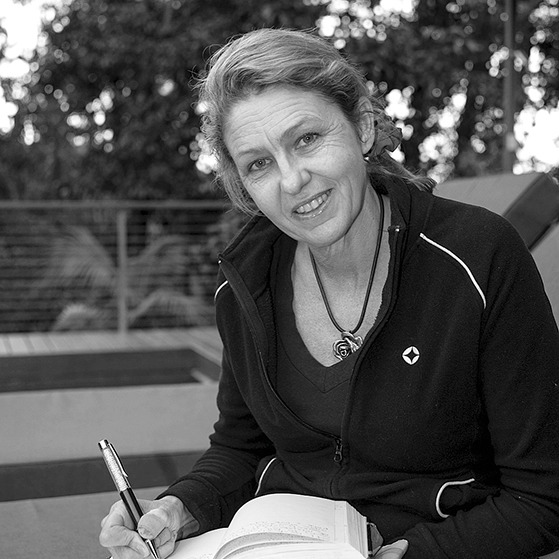On Samosir Island, Lake Toba lies the little village of Ambarita. Tales abound there of rough justice, and possibly even cannibalism. While these are from long ago, more benign old ways live on, for example in the village’s traditional architecture, and an ancient craft still practiced there.

My guide, Ika, first took me to Huta Siallagan, a preserved area within Ambarita Village. We followed an old stone wall and entered through a gap and located right in the centre of Huta Siallagan, under a very old sacred Hariara tree, we came upon a set of large stones carved into the shape of chairs encircling a stone table. Ika invited me to take a seat. “Village elders used to sit here while discussing the fate of wayward locals and captured enemies,” he said. “At that time this village was quite barbaric. This is the site of the old justice court, and hundreds of executions were held right here.” As the legend goes, if the council decided that a criminal or enemy deserved it, they would be taken to a long stone slab where they would be clobbered to death. “That stone table over there,” Ika said pointing cheerfully, “is where the victim would be beheaded. After that, he was chopped up, and his flesh was cooked with buffalo meat. It is said, that the tribal council liked to wash down the meal with a cup of the victim’s blood!”
Ika pointed to the areas underneath the surrounding traditional Batak houses and explained how people would be chained and kept in den-like cages there while awaiting their fate. Beheadings only happened on auspicious days. The king would order executions for severe offences like spying, kidnapping, murder or adultery. Just for fun, Ika offered to help stage a re-enactment if I was willing to play my part and lie down on the stone slab. I gave that a big miss! Ika explained, “We were once ruled by Raja Laga Sialagan, several hundred years ago. As it was told to me from my grandfather, the king was curious to know the thinking behind those who displayed risky and illegal behaviour. He would sit for hours with these wayward criminals”.
Later, when I dug a little deeper into the story with locals, it seemed that the jury was out on whether there had really been cannibalism. As with all folklore, the tale depends on the storyteller, and there seemed to be some disagreement among the villagers about this fleshy matter. I did get more agreement on the age of the stone chairs, though. Most thought they were around 200-300 years old.


Once we were done with the morbid tales of death and eating body parts, I could see that the village is actually very charming. Next to the stone chair court lay a row of traditional Bolon and Sopo houses which are traditional houses of the Batak ethnic group of North Sumatra.
Ika told me that owners would sometimes invite visitors in to take a look around and, sure enough, one old man came out and gestured that we were welcome to come in. Seen from inside, the towering curved roof of this wooden house was even more of an architectural masterpiece. This one still had some of its original ijuk that is made from coconut fibre and had many ornate carvings inside. Still thinking of how people used to be chained under the houses, I went poking around in the basement to see if I could find the den-like cages. Seeing a tiny enclosed space in a far corner, I went over and crouched low to enter it. It was pretty dark but, to my surprise, there were no handcuffs or vices bolted to the walls. It turned out I had stumbled into a wood carver’s den.
The delightful occupant, Sehat Siallagan, told me how he has been plying his craft of making wooden Batak calendars since 1976. “People come from far corners of the world to study these ancient wooden calendars. Europeans especially are very interested. In fact, a German girl came to this village and decided to stay and live here. She wanted to study and observe my craft. I have always worked from this little area under the house, and she didn’t mind the tiny workspace either.” He continued with a chuckle, “This area is actually designed for one or two water buffaloes and not a two-legged human, but I like it here because it’s very quiet and I can concentrate on my work.” Sehat explained how he uses two types of wood, bamboo and a local wood called ingul, which is also used to make the walls of traditional Batak houses, canoes and the walls of ships. It takes several days for the wood to dry before it can be used. Then an ancient Batak Sanskrit language and intricate symbols are carved into the wood to make the calenders. They are based on twelve months, but there is only 30 days each month.

“It seems to me European travellers are very interested in Indonesian history,” Sehat explained, “I was invited to go to Europe in 2015. I was hosted by a German family who organised visas, passports and other paperwork for my wife and I. We travelled for 45 days in Europe. It was marvellous. I brought my wooden calendars with me. So you see these Batak calendars are known all over Europe now”.
From grim stories of executions to a traditional wood carver who plies his craft with great dedication, Ambarita village offered a surprising window into the hidden heritage on the island of Sumatra.


Batak Calendar
Historically, Batak calendars came into being primarily to track agricultural seasons and are based on astronomical data. Some use the lunar cycle while others use solar cycle. Batak tribal calendars have a unique script. Originally, writing skills were restricted to priests and were written in a language that is almost extinct now. It is likened to ancient Sanskrit. There are just a few people alive who still use or share their knowledge of this script.
Barra Gallery Wood Carving Handicraft Studio
Owner: Pak Sehat Siallagan also carves king and queen Batak wooden pieces, Batak houses that miraculously fold out, scenes from The Last Supper on wood and also house signs. He has not had any wood carving orders in one month, so please contact him if you need anything.
Desa Siallagan-Pindaraya, Ambarita, Samosir, Lake Toba
Phone/WhatsApp: +62 (0)821 1363 7751 Accommodation
Tabo Cottages, Lake Toba
www.tabocottages.com
This article is originally from paper. Read NOW!Jakarta Magazine February 2019 issue“Love and Romance”. Available at selected bookstore or SUBSCRIBE here.






